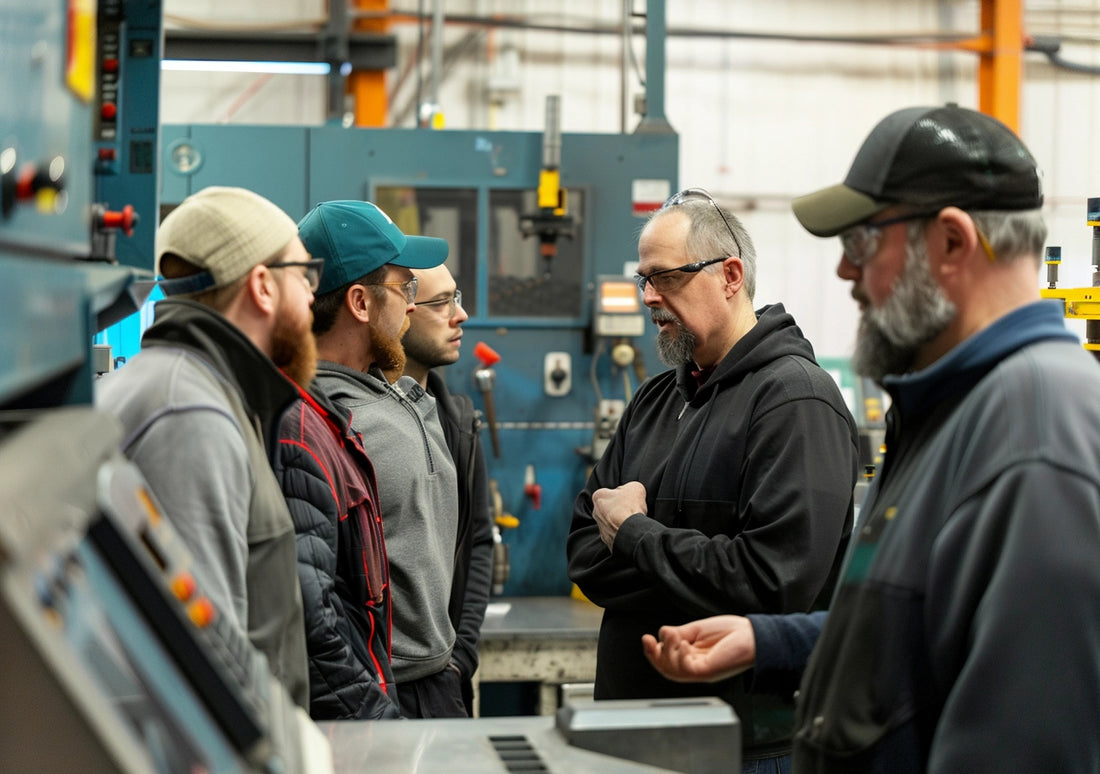
Achieving Stability: Troubleshooting Vibration and Instability with Carbide Burr Bits
Share
Introduction:
Vibration and instability are common challenges encountered during machining tasks, often leading to poor surface finish, dimensional inaccuracies, and increased tool wear. Understanding the root causes of vibration and instability with carbide burr bits is essential for maintaining precision, prolonging tool lifespan, and achieving superior results in your work. In this comprehensive guide, we'll explore practical troubleshooting strategies for addressing vibration and instability issues, empowering users to overcome challenges and optimize cutting performance.
Understanding the Impact of Vibration and Instability:
Vibration and instability can have detrimental effects on machining performance and workpiece quality. Excessive vibration can lead to chatter marks, tool deflection, and poor surface finish, while instability may result in dimensional inaccuracies and workpiece damage. Additionally, prolonged exposure to vibration can accelerate tool wear and compromise cutting performance. Identifying and resolving vibration and instability issues promptly is crucial for achieving stable, consistent cutting and ensuring optimal machining results.
Effective Troubleshooting Techniques:
1. Tool Holding and Fixturing:- Ensure proper tool holding and fixturing to minimize vibration and instability during machining operations.
- Use rigid tool holders, collets, or chucks with minimal runout to securely grip carbide burr bits and reduce tool deflection.
- Optimize workpiece fixturing and support to minimize vibrations and ensure stable cutting conditions, particularly for thin or flexible materials.
- Evaluate cutting parameters such as spindle speed, feed rate, and cutting depth to minimize vibration and instability.
- Adjust cutting parameters to achieve optimal chip formation and evacuation, reducing cutting forces and minimizing tool chatter.
- Experiment with different cutting strategies, tool paths, and engagement techniques to find the optimal balance between material removal rate and stability.
- Choose carbide burr bits with appropriate geometries, coatings, and tooth configurations to minimize vibration and instability.
- Select burr geometries with larger flutes or chipbreaker designs to improve chip evacuation and reduce cutting forces, enhancing stability during machining.
- Consider using burr bits with advanced coatings or specialized geometries designed to reduce friction, heat buildup, and vibration during cutting operations.
Conclusion:
By incorporating effective troubleshooting techniques into your machining routine, you can address vibration and instability issues with carbide burr bits promptly and maintain precision, prolong tool lifespan, and achieve superior results in your work. Whether optimizing tool holding and fixturing, adjusting cutting parameters, or selecting appropriate tooling, proactive troubleshooting is essential for overcoming challenges and optimizing cutting performance.




